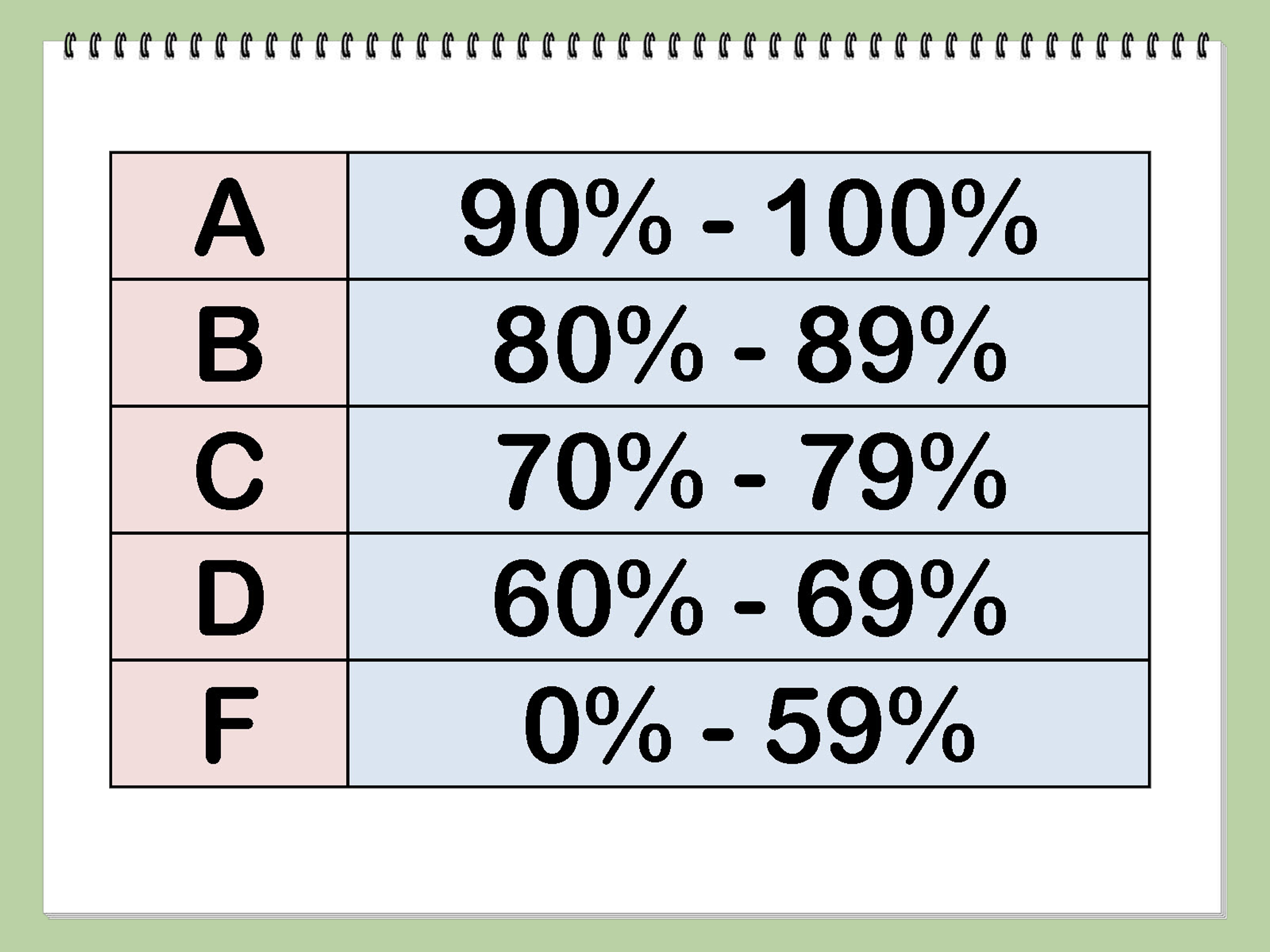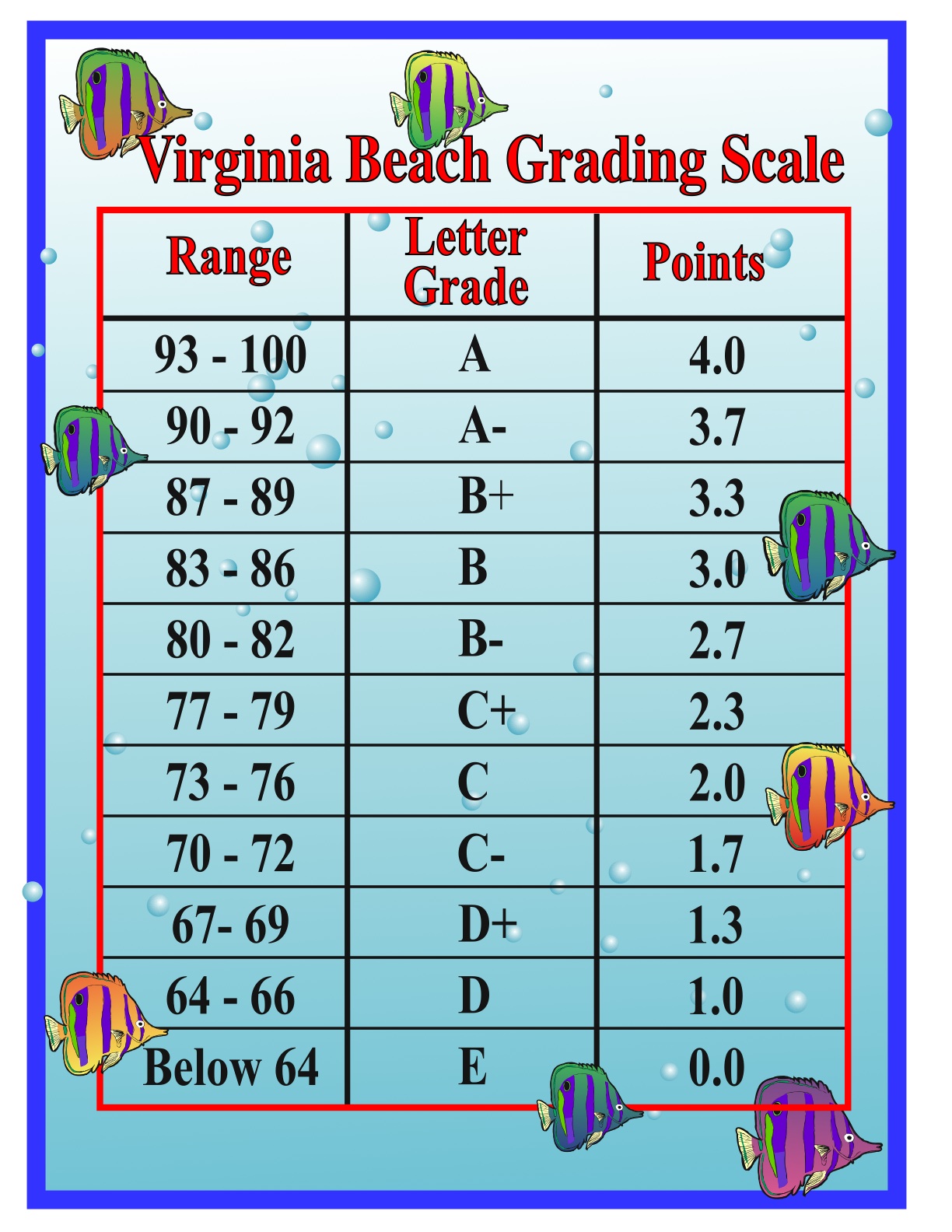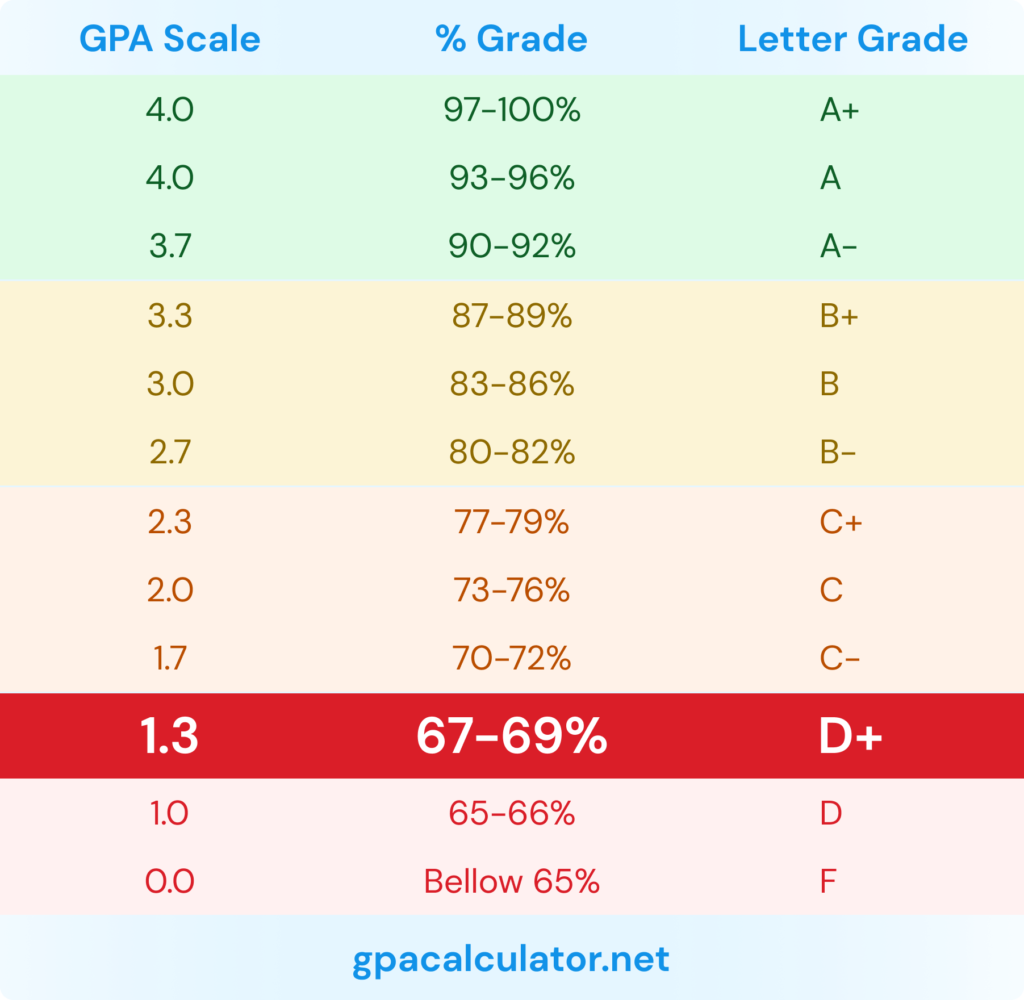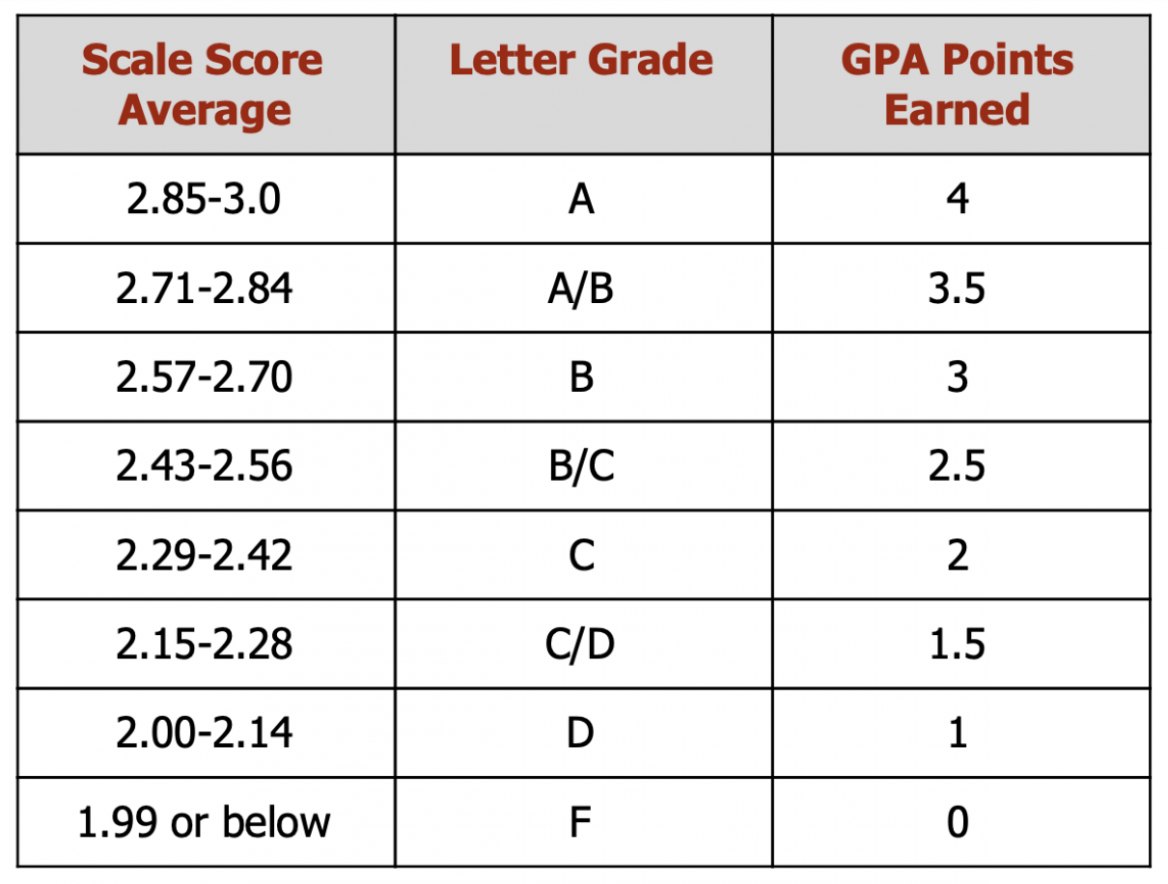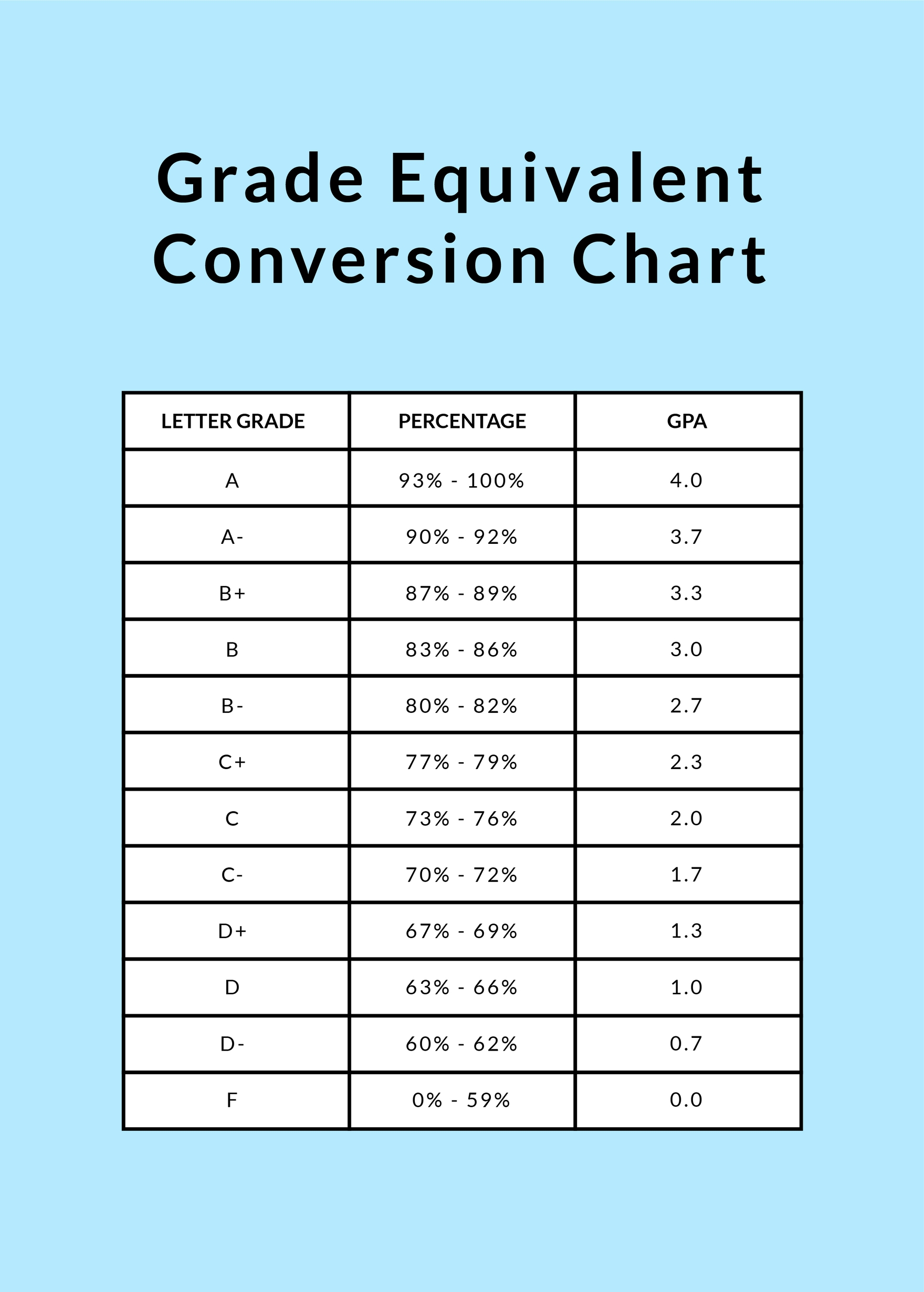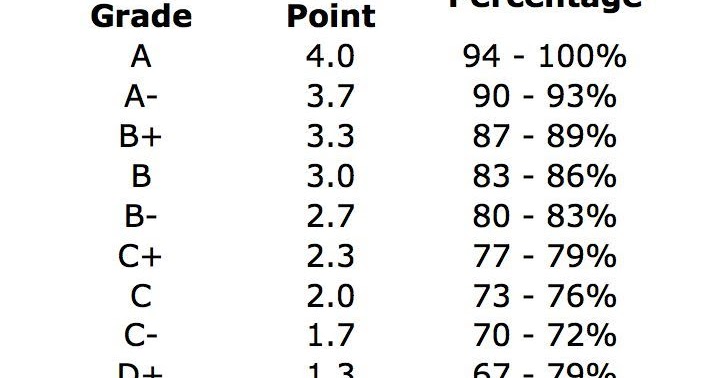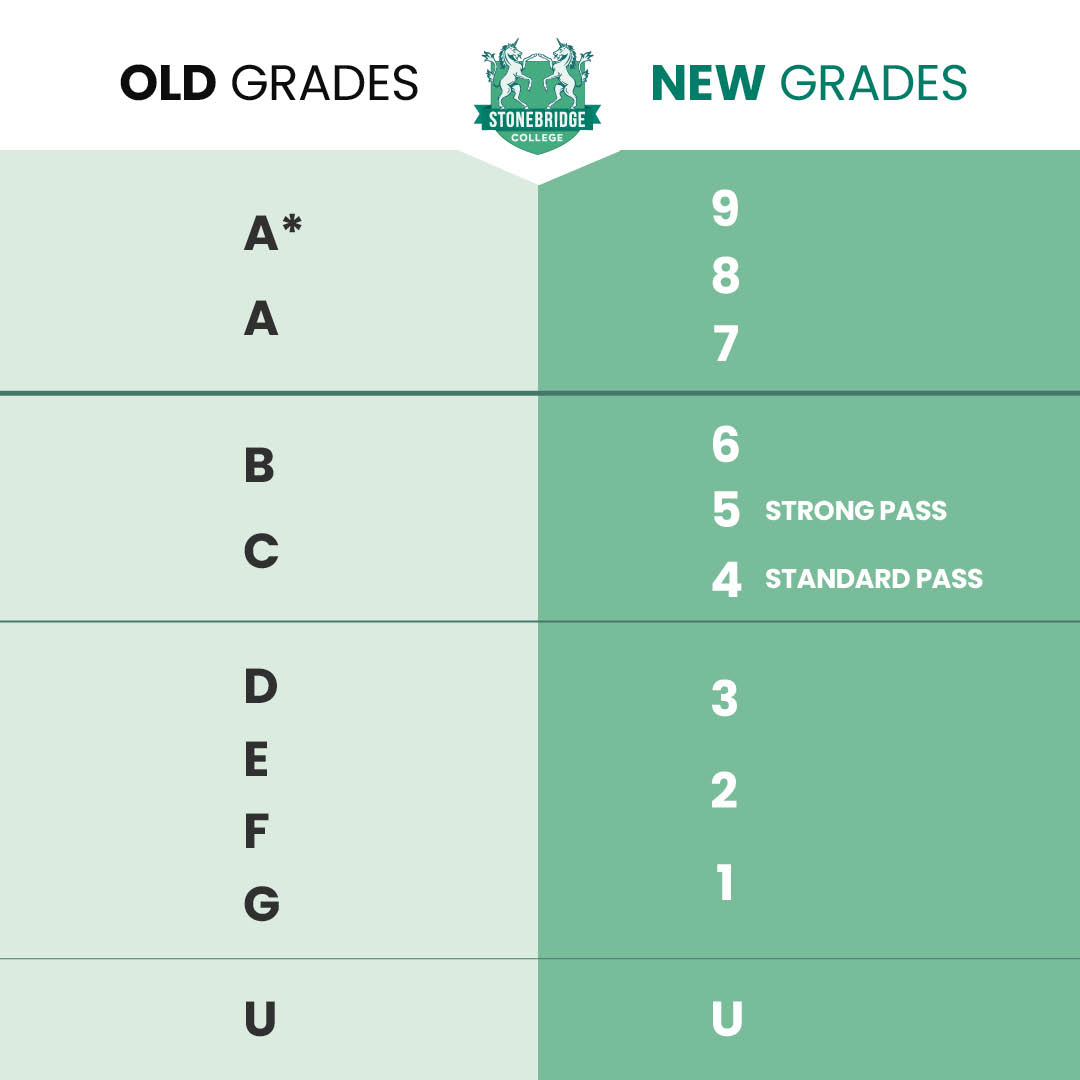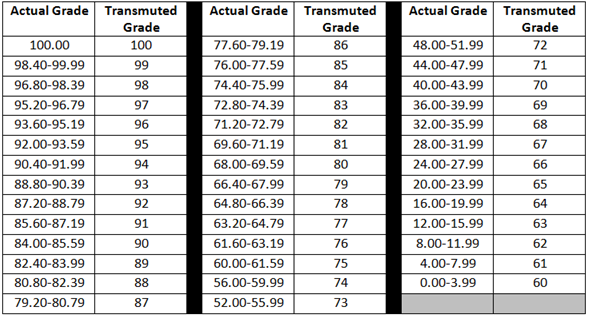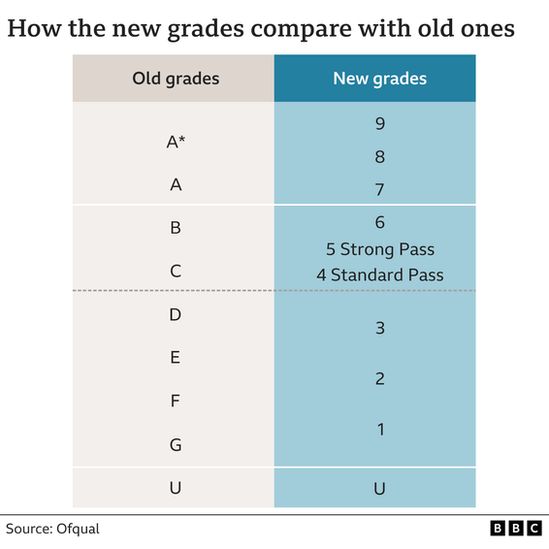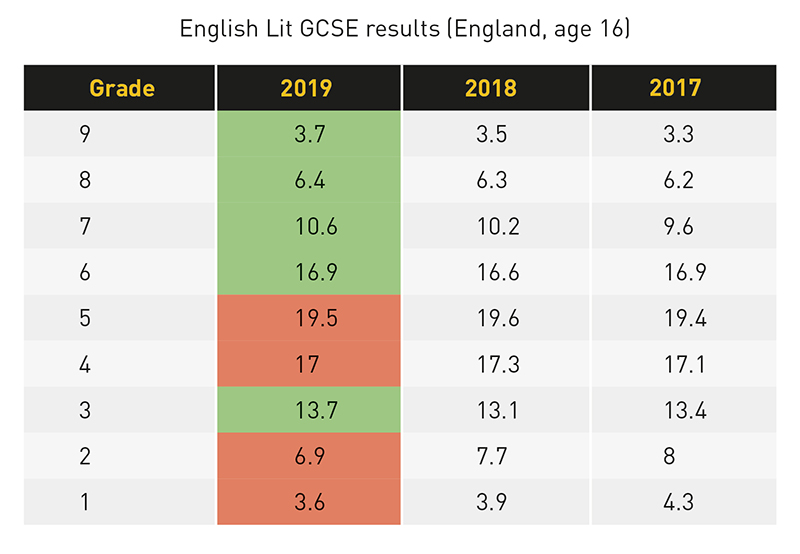What Grade Is A 24 Out Of 30

The seemingly simple question, "What grade is a 24 out of 30?" sparks confusion and reveals the complex and often inconsistent nature of grading systems. A seemingly straightforward calculation often leads to multiple answers, depending on the educational institution, the instructor's policy, and even the subject matter.
This article delves into the various methods used to convert a numerical score of 24 out of 30 into a letter grade or percentage, highlighting the factors that influence the final assessment. Understanding these nuances is crucial for students, parents, and educators alike to accurately interpret academic performance and ensure fair evaluation.
Percentage Calculation: The Baseline
The most basic approach involves calculating the percentage score. This is done by dividing the earned score (24) by the total possible score (30) and multiplying by 100.
In this case, (24/30) * 100 = 80%. Therefore, a 24 out of 30 is equivalent to 80%.
Grade Equivalents: Where Things Get Complicated
While 80% provides a numerical representation, its corresponding letter grade varies widely. Most commonly, 80% falls within the B range.
However, the specific letter grade depends on the grading scale used. Some institutions might consider 80% a B-, while others might categorize it as a solid B or even a B+.
Common Grading Scales and Their Variations
Many schools in the United States utilize a 10-point grading scale, where 90-100% is an A, 80-89% is a B, 70-79% is a C, 60-69% is a D, and below 60% is an F.
Under this system, 24 out of 30 would typically translate to a B. However, this is just one model.
Other schools might use a more granular scale with pluses and minuses, such as 87-89% being a B+, 83-86% being a B, and 80-82% being a B-.
In this scenario, an 80% could be a B-.
International Grading Systems
Grading scales differ significantly across countries. In some European systems, a score of 80% might be considered a very high mark, potentially equivalent to an A or even an A+.
Conversely, some rigorous programs or institutions may have stricter grading policies, where 80% represents a more modest achievement.
The Role of the Instructor and Course Context
Even within the same institution, individual instructors may adjust their grading scales or implement curve adjustments to reflect the difficulty of the course or the overall performance of the students.
A 24 out of 30 on a particularly challenging exam might be viewed more favorably than a 24 out of 30 on a relatively easy assignment. An instructor might decide that due to the difficulty a 24 out of 30 can be considered a "C" instead of the predicted "B".
Furthermore, the weighting of assignments plays a crucial role. A 24 out of 30 on a small quiz will have less impact on the final grade than a 24 out of 30 on a major exam.
Beyond Letter Grades: The Importance of Feedback
Focusing solely on the numerical or letter grade can overshadow the more valuable aspect of assessment: feedback. Understanding *why* a student received a 24 out of 30 is far more important than simply knowing the equivalent letter grade.
Constructive feedback from instructors provides insights into areas of strength and weakness, guiding students toward improvement. Effective feedback will explain the reasoning behind the score and tell the student what they did wrong and how to correct it.
For example, if a student scored 24 out of 30 on an essay, the feedback should address the quality of the argument, the clarity of the writing, and the accuracy of the information presented.
Transparency and Communication: Key to Fair Grading
Clear communication of grading policies is essential for fostering trust and ensuring fairness in the evaluation process. Instructors should clearly outline their grading scale and any weighting of assignments at the beginning of the course.
This transparency allows students to understand how their performance will be assessed and empowers them to take ownership of their learning. Open communication between instructors and students regarding grading concerns is also crucial.
The Future of Grading: Exploring Alternatives
The traditional grading system is increasingly being questioned, with some educators advocating for alternative assessment methods that provide a more holistic view of student learning. Some such alternatives are portfolio-based assessments or competency-based learning.
These approaches focus on demonstrating mastery of skills and concepts rather than simply assigning a numerical grade.
Some believe that these alternatives can foster a deeper understanding of the material and encourage a growth mindset.
In conclusion, while a 24 out of 30 translates to 80%, its equivalent letter grade is subject to interpretation based on various factors. Understanding the nuances of grading scales, the role of the instructor, and the importance of feedback is crucial for accurately interpreting academic performance and promoting student success.
